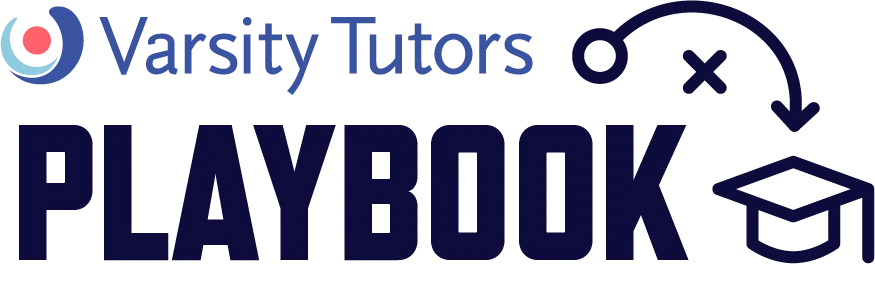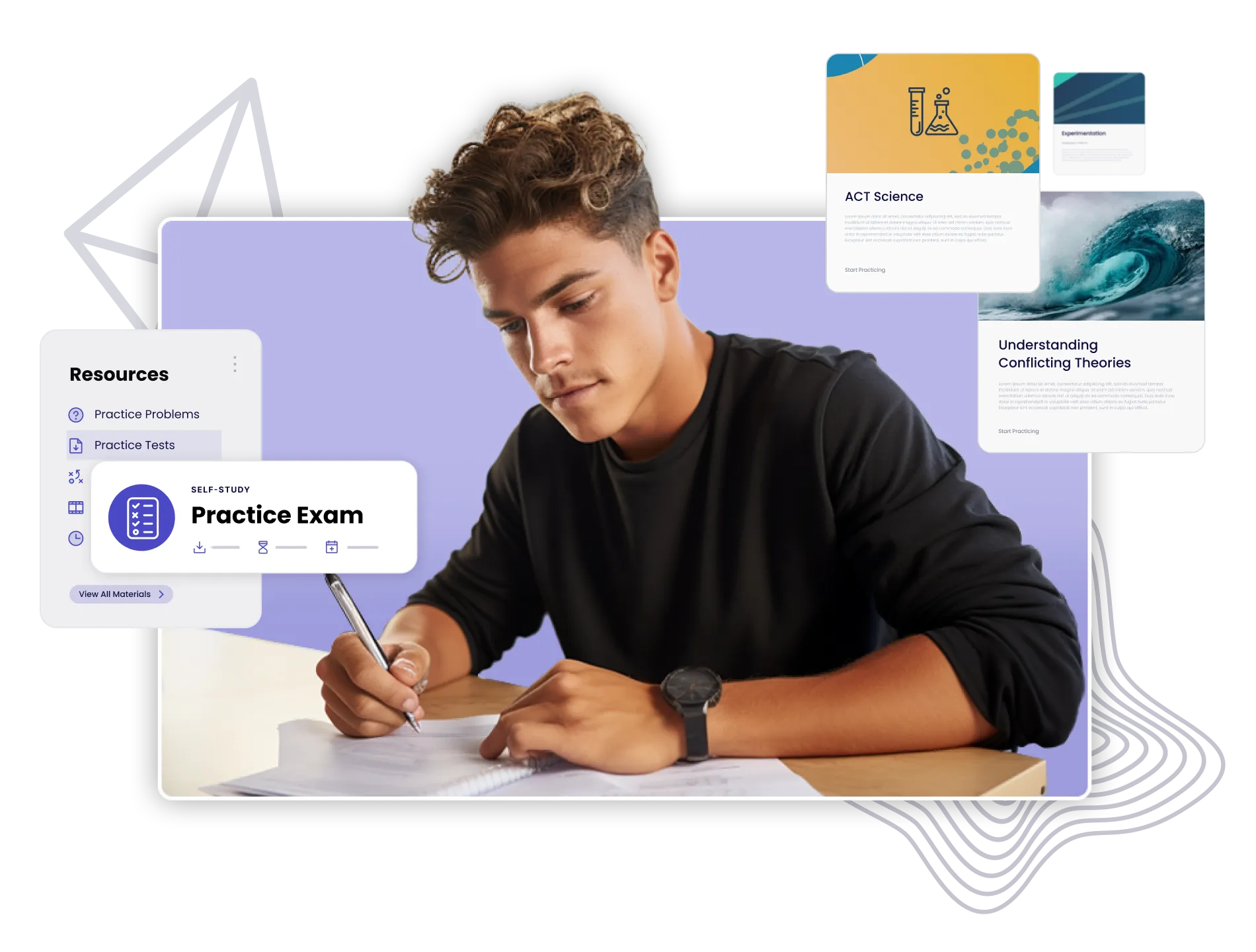How To Get The Most From Parent-Teacher Conferences

Parent-teacher conferences serve a critical purpose in your child’s education. They’re a chance for you to learn about your child’s academic progress in far deeper ways than can be gleaned from a report card or comments on an assignment, as well as about the person they’re becoming socially and behaviorally. And conferences are also a great opportunity for the teacher to learn more about your child so that they’re prepared to make the school year a success for all of your goals and priorities. So conferences carry a great deal of opportunity–just packaged into a limited time period to capitalize on that potential. As you prepare for this year’s parent-teacher meetings, here are some strategies to make the most of the opportunity.
1) Do your homework by reviewing your student’s
With so many parents to accommodate, conferences can move quickly. So to get the insight that will help you best support your student, you’ll want to have some questions prepared ahead of time. And to ask the right questions, it pays to do your homework. Review your student’s recent assignments and tests and talk to them about their classroom experience so that you can get a sense of what questions you want to ask and what topics you want to discuss.
2) Build a team dynamic
Remember as you enter the classroom: you and the teacher have the exact same goal, to help your student learn and succeed. There’s a chance you’ll disagree about how to get to that goal, but ultimately you’re on the same team trying to do what’s best for your learner.
And that’s important because it’s easy for conferences to feel antagonistic: parents may appear defensive of their children, teachers can come off defensive of their teaching methods. And it’s understandable: conferences are generally at the end of a long day for parents and teachers alike, parents have limited time to get their questions answered about their most important responsibility, and teachers are essentially in a series of dozens of back-to-back performance reviews.
So be proactive about setting up a team dynamic. Lead by complimenting or speaking highly of something thus far this year: an assignment or lesson your student enjoyed, progress you’ve seen them make, something you like about the classroom, or just a thank you for working with your child. Ask how you can reinforce at home what the teacher is trying to accomplish at school. And guide your technical questions and constructive feedback toward that common goal: instead “I really think you should do this differently” try “one thing I think might help my student learn would be trying this.” You should certainly make your concerns known and get the insight you want about why certain things are being handled the way they are, but the more you can do that through the lens of working together to help your student, the more collaborative the session and the long-term relationship will be.
3) Ask not what your teacher can do for you…
Your student spends about 7 hours per day in school for about 180 days per year. For the other 17 hours and 185 days, education comes from the habits you reinforce at home and through extracurricular activities. So a great use of parent-teacher conference time is to ask teachers how you can best support your child outside of the classroom and how you can best reinforce the lessons the teacher is teaching. Not only will that help build that team dynamic, but you’ll get valuable insight into how to think about homework, how to construct activities and dinner table discussions that help your learner learn, and more.
And, of course, that line of questioning opens up a great discussion about how your teacher can help, too: it’s an easily disarming way to ask more pointed questions about how to stay in communication, what unique needs your learner may have that aren’t being met, and references to things that have and haven’t worked with previous teachers, too.
4) Remember your best classroom habits
To get the most from parent-teacher conferences, it’s helpful to get back in the mindset of a student. Take notes so that you can remember specifics you want to follow up on. Ask for clarification when it would be helpful and remember that there’s no such thing as a “dumb question.” By this point in the year, teachers have spent a lot of time with young people who have all the relevant context for classroom rules and procedures, so it’s easy for them to refer to things–classroom acronyms, names for activities, elements of routines–that are second nature for your student but that you haven’t yet heard about.
5) Prepare and present your learner’s context
Just like you may not have context for the terminology and routines of the classroom, the teacher is likely lacking the context related to your student and family. So conferences are a great time for you to explain things like your goals and priorities for your student. Do you hope they’ll make a certain level of progress in a particular subject, or want them to develop more socially, or desire for them to become more organized or independent? The teacher can help–as long as they know. It’s also helpful for the teacher to know about your learner’s experiences and progress in previous grades, the supplemental learning they may have done over the summer or be doing after school, and influences that may be driving their behaviors or attitudes toward school, such as friends who may be a distraction or seating chart dynamics that have proven to aid in focus.
Preparing your thoughts ahead of time is helpful in making sure that they’re clear and prioritized (for a teacher having 25+ discussions that evening, be sure the most salient requests are memorable) and that you can present them tactfully if necessary (if a neighbor’s child is a bad influence, you may want to choose your words carefully if you think the neighbor might overhear or learn about the conversation).

